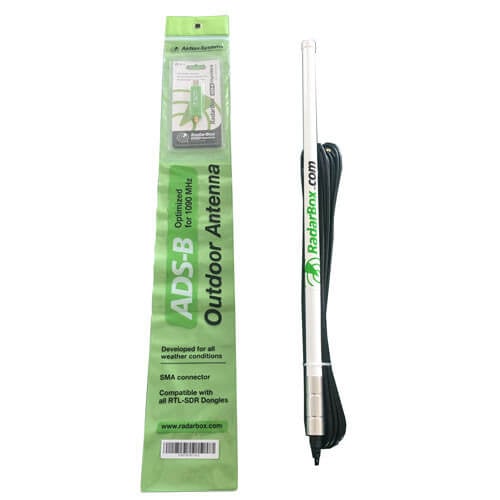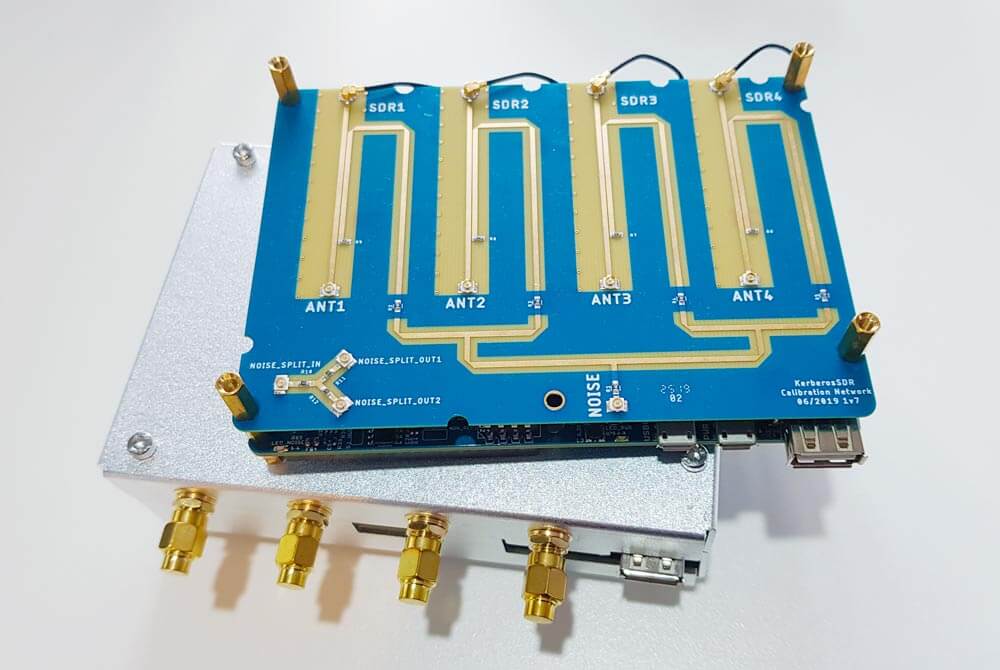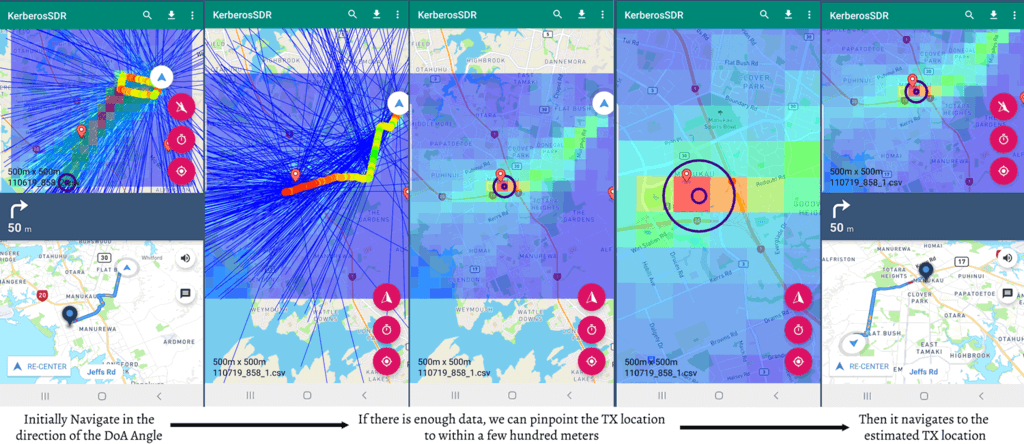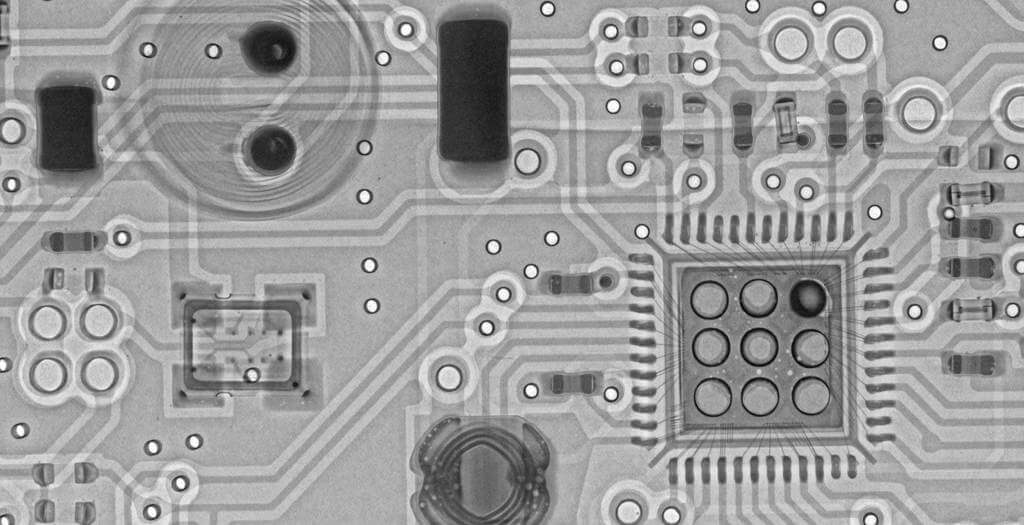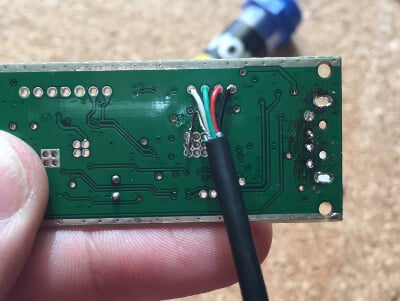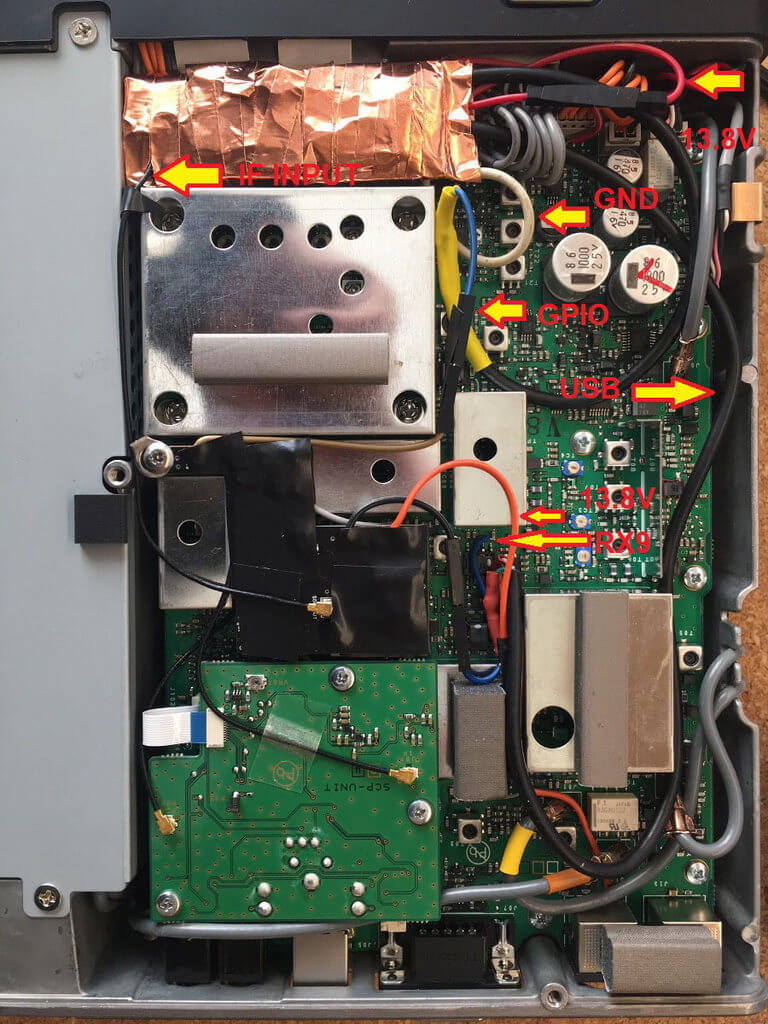RadarBox Optimized ADS-B Antenna + RTL-SDR Bundle 15% Off Sale
Over in our store we're currently selling a RadarBox branded bundle that includes an ADS-B optimized antenna with 10 meters of coax, and an ADS-B optimized RTL-SDR dongle. RadarBox24 is an ADS-B aggregation flight tracking service similar to other services like FlightRadar24 and FlightAware. The set is RadarBox branded, but it can be used with any tracking service, or just for your own ADS-B station.
The bundle is now on sale with 15% off! This brings the price of this bundle down to $42.45 plus shipping. The sale will last until 19 September and only while stocks last.
To purchase please visit our store and scroll down to find the RadarBox bundle Add to Cart button.
The antenna has 7 dBi gain, 50 (+-5) Ohm impedance, and is made from fiberglass and aluminum. It is fully waterproof and outdoor rated with 10 meters of coax cable and includes mounting clamps. The RadarBox RTL-SDR is specifically optimized for 1090 MHz ADS-B reception with it's built in filter and low noise amplifier.
The bundle ships out once per week and tracking is provided 1-2 days after shipping.
